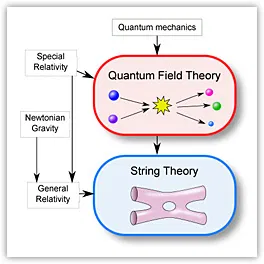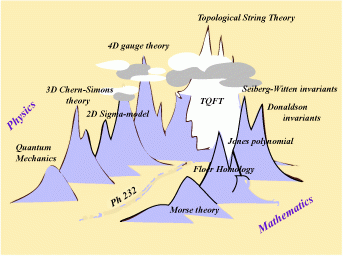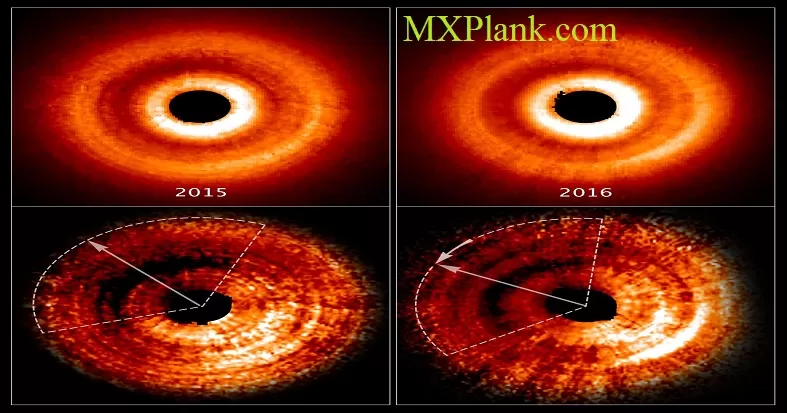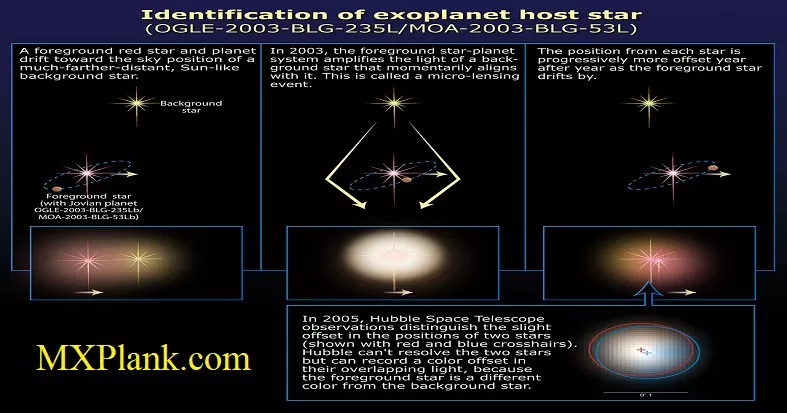Quantum Field Theory
Outline
The ability of particles possessing mass and charge to be annihilated, and charge carriers such as photons to be absorbed by such particles could be argued to make it difficult to view quanta as something fundamental.Quantum field theory, which was developed between the 1920s and the 1940s, represents an attempt to make quantum theory more compatible with relativity. In physics, a field constitutes properties that can be measured at every point in a particular region. With an electrically charged particle, which can attract or repel other charged particles, its electrical field is just the strength and direction of the force on the other particles. The force felt by a particle placed in an electric or other field is the value of the force at a particular location in space and time multiplied by the charge of a particle placed in that existing field.
Electrons and photons
In the case of two electrons, which carry negative charge, there is a repellent force between them as a result of the exchange of photons, which are the quanta of the electromagnetic force. It is pointed out that this quantum description of the force between particles involving a photon is the opposite of the classical physics conception that forces such as gravity or electromagnetism acted at a distance. The photons that carry the repellent force of charge between the electrons are created out of the vacuum by the presence of the electrons, and they disappear again after the exchange between the electrons. In quantum field theory, the electromagnetic force is the result of the exchange of such virtual photons. A distinction is made between virtual photons created out of the vacuum, and non-virtual or 'real' photons emitted by a light source. Any force is seen as a consequence of the exchange of quanta appropriate to that force. Photons are the field quanta of the electromagnetic force, in the same way that 'W' and 'Z' bosons convey the weak nuclear force, and gluons convey the strong nuclear force.

Feynman diagrams
Feynman diagrams enabled visualisation of the behaviour of quanta in time and space. By convention, movement in space is plotted according to a horizontal labelled 'x' at the bottom of the graph, and passage in time according to a vertical labelled 't' at the side of the graph. As an example, two electrons approach one another; at a point 'A' one electron emits a photon carrying energy and momentum away from the electron that emits it, and this causes that electron to recoil. The photon that has been emitted is absorbed by the other electron, which recoils in the opposite direction to the first electron.
This relationship represents the mutual repulsion of two negatively charges electrons. The relationship could be the other way round, with the second electron emitting the photon, or with both electrons emitting photons. However, in quantum mechanics the exchange is seen to be a probability of an exchange involving one photon, and a probability of an exchange involving two photons; in fact any number of photons can be exchanged. Each of myriad possibilities for such an exchange can be represented by a Feynman diagram. The Feynman diagram contact point between the electrons and the photons are referred to as vertices.
Spin
An object with angular momentum has kinetic energy, but may not be moving anywhere, but instead simply turning at a fixed point in the manner of a spinning top. Electrons also spin about their axes. The angular momentum or spin of a quanta is a fixed property, and its speed cannot be varied. The angular momentum of electrons is expressed as spin 1/2, while photons are spin 1. Electrons are part of the class of quanta known as fermions with spins that are odd number multiples of a 1/2, and this type of particle has mass and charge. The class of quanta with integer multiples of spin are known as bosons and convey forces as with the electromagnetic force. When an electric charge is in motion, which includes the motion of rotating about its axis, it creates magnetic fields. The property of magnetism relates to the angular momentum or spin 1/2 of electrons conceived as spinning about their axes.
Quantum equations
In the Schrodinger equation, the kinetic energy of a particle's motion and the potential energy of resisting a force is equal to the total energy of the system, so long as it is not disturbed from outside.
 But in relativistic field theory, we are dealing with the exchange of field quanta rather than potential energy.
Problems within negative values arising in the equations of quantum mechanics were resolved by the concept of antimatter, such as the positron, which is the positively charges antimatter opposite number of the electron. If a negatively charged electron and a positively charged positron collide, they annihilate one another, meaning that their energy is converted into photons. According to the first law, the energy of particles is always conserved. In this collision, mass is converted into energy, demonstrating the famous Einstein equation, E = mc2 where E is the energy of the system and 'm' is its mass. But the ability of particles possessing mass and charge to be annihilated and charge carriers such as photons to be absorbed by such particles could be argued to make it difficult to view quanta as something fundamental.
But in relativistic field theory, we are dealing with the exchange of field quanta rather than potential energy.
Problems within negative values arising in the equations of quantum mechanics were resolved by the concept of antimatter, such as the positron, which is the positively charges antimatter opposite number of the electron. If a negatively charged electron and a positively charged positron collide, they annihilate one another, meaning that their energy is converted into photons. According to the first law, the energy of particles is always conserved. In this collision, mass is converted into energy, demonstrating the famous Einstein equation, E = mc2 where E is the energy of the system and 'm' is its mass. But the ability of particles possessing mass and charge to be annihilated and charge carriers such as photons to be absorbed by such particles could be argued to make it difficult to view quanta as something fundamental.
Electron-positron pairs
Where two electrons interact via a photon it is possible for the photon to momentarily fluctuate into an electron-positron pair before being converted back into a photon. Heisenberg uncertainty principle, in which uncertainty also applies to the mass of particles, means that over a sufficiently short space of time a massless particle can be converted into something with mass. Again this might be seen to undermine the concept of the quanta as something fundamental.
Further to this, a momentary fluctuation of a virtual photon into an electron-positron pair can collide with a non-virtual photon and can be transformed by absorbing the photon's energy into a real and persisting electron and positron. Thus light can strike particles with mass and charge out of the vacuum. This confirms the existence of a seething mass of electron-positron pairs in the vacuum. It is pointed out that in the nature of quantum mechanics there would be an infinite number of electron-photon interaction including an infinite number of electron-positron pairs. Renormalisation, a calculation applied in quantum field theory, is a way of taking account of these infinite fluctuations when measuring an electron.






